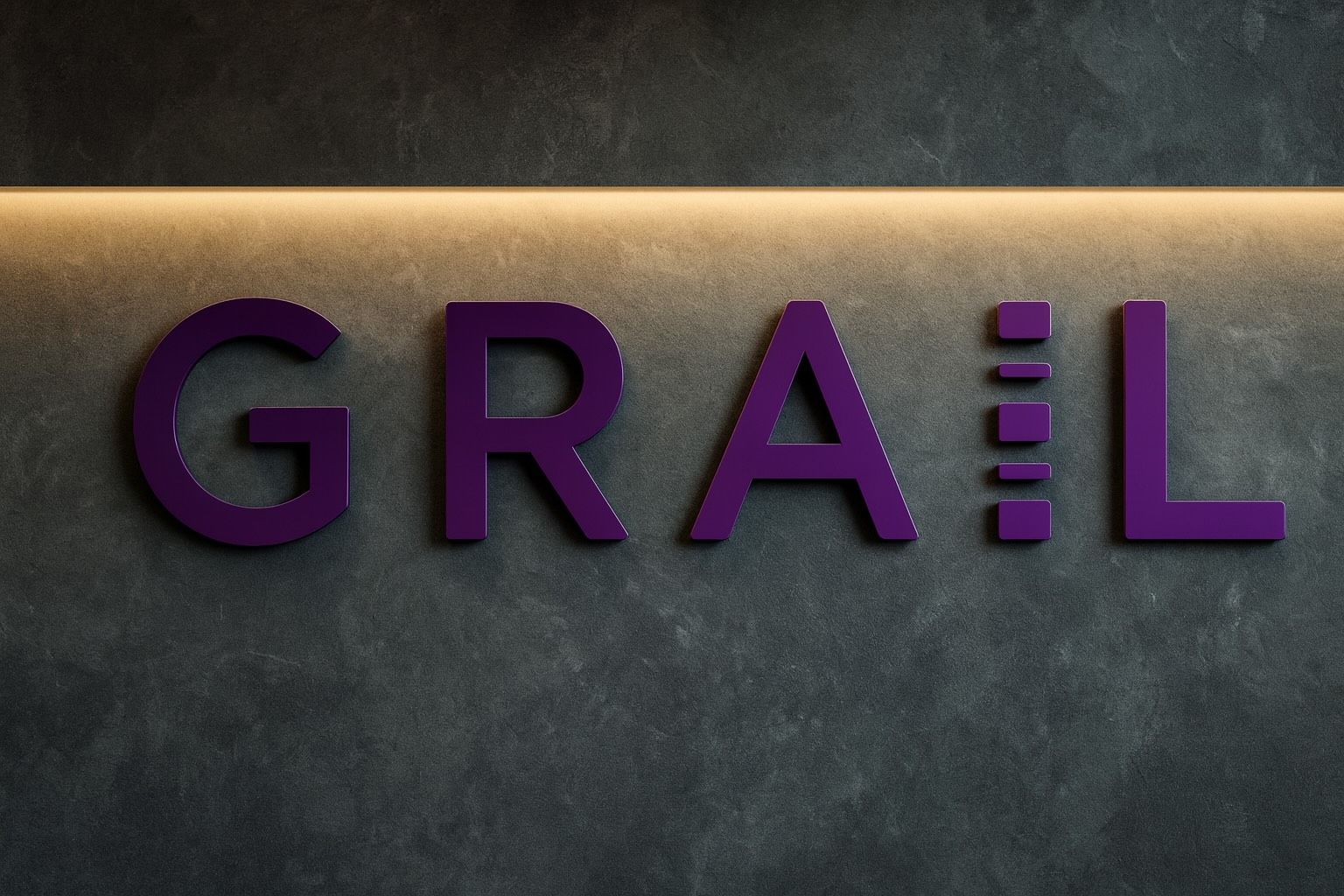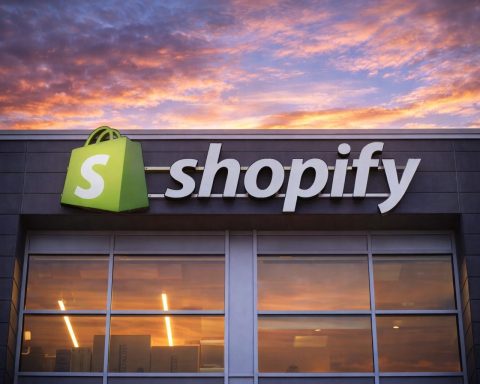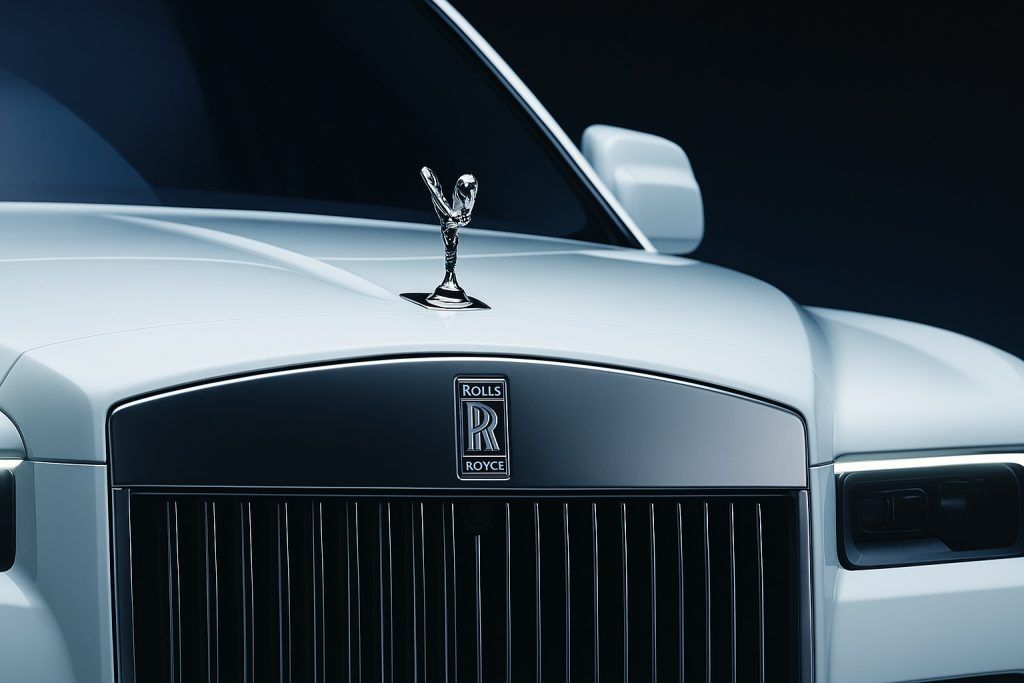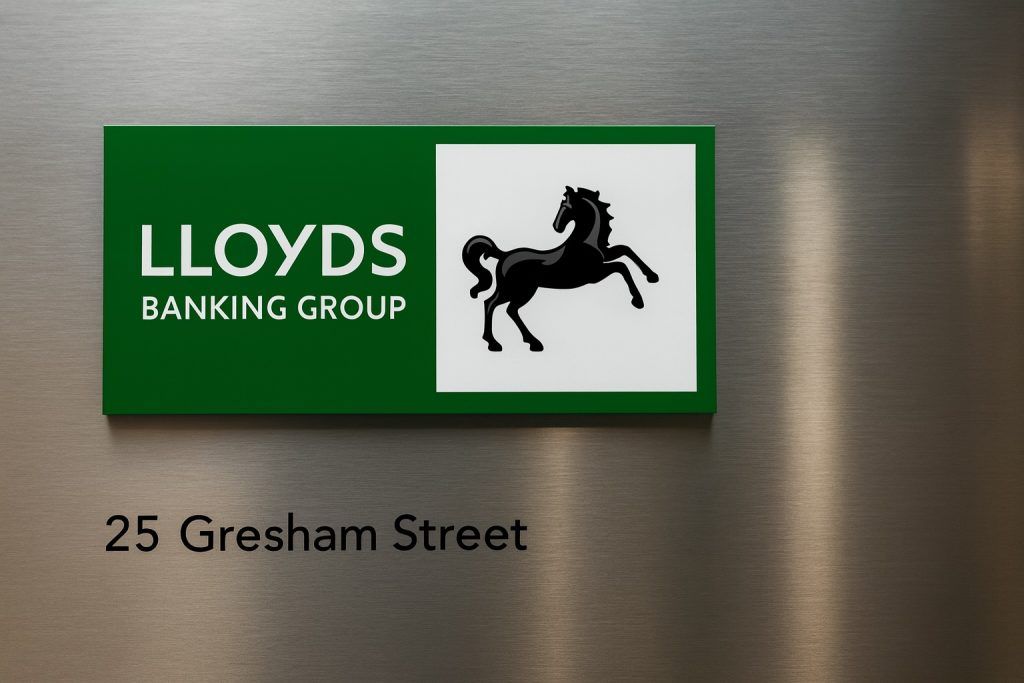- GRAL stock hit an all-time high (~$86) this week after surging ~14% in one day on news of a Samsung partnership [1].
- Samsung will invest $110 million in GRAIL and help launch its Galleri cancer blood test across Asia [2].
- New trial data show GRAIL’s Galleri test doubled early cancer detection rates, a potential game-changer ahead of a major oncology conference [3].
- Year-to-date, GRAIL shares have jumped over 300%, valuing the biotech at about $2.7 billion [4].
- Wall Street remains cautious: analysts mostly rate GRAIL “Hold,” with average 12-month targets nearly 40% below the current stock price [5].
- Experts are split – bulls see huge long-term upside in multi-cancer screening, while skeptics warn the stock’s hype is racing ahead of its financials [6] [7].
Samsung Partnership Sparks Stock Surge
GRAIL, Inc. (NASDAQ: GRAL) shares soared to record highs this week after the company announced a strategic collaboration with Samsung. On October 16, GRAIL revealed a binding agreement in which Samsung C&T and Samsung Electronics will invest $110 million into GRAIL at $70.05 per share [8]. In return, Samsung C&T gains exclusive rights to distribute GRAIL’s Galleri multi-cancer early detection blood test in South Korea, with plans to expand to Japan and Singapore [9]. Samsung Electronics will explore technology tie-ups, integrating its digital health platforms and AI with GRAIL’s cancer-detection technology [10] [11].
Investors cheered the deal as a major validation of GRAIL’s prospects. GRAL stock jumped ~13–14% on October 16, hitting a new 52-week peak around $85–$86 per share [12]. Reuters noted the stock “rose 13% to $85.35, hitting a record high” intraday on the announcement [13]. This rally added roughly $300 million to GRAIL’s market capitalization, lifting it to about $2.7 billion [14]. By contrast, the broader market (S&P 500) slipped about 0.6% that day [15], underscoring how GRAIL’s news bucked the market trend. The Samsung investment price (~$70/share) represented a 15% premium to GRAIL’s prior close, setting a benchmark valuation for the company [16]. Including this surge, GRAL has now climbed over 300% year-to-date, rising more than fourfold in 2025 [17].
Samsung’s backing gives GRAIL a powerful ally for expansion in Asia. “This collaboration provides Samsung with a strong foothold for expanding into the cancer screening field,” said Jaywoo Kim, Executive VP at Samsung C&T, highlighting Galleri as a promising technology to bring to customers across Asia [18]. Sir Harpal Kumar, GRAIL’s President of International, noted Samsung’s “significant equity investment strengthens our balance sheet and provides further cash runway” as GRAIL pushes toward broader test reimbursement globally [19]. The companies expect to finalize definitive agreements by early 2026 and begin Asian commercial operations soon after [20], pending regulatory approvals. Notably, this Samsung pact comes on the heels of other GRAIL partnerships – earlier this year, GRAIL teamed with Everlywell to offer Galleri via at-home test kits, and partnered with Chicago’s Rush University Medical Center to pilot the test in clinical settings [21].
Breakthrough Cancer Data Fuel “Holy Grail” Hopes
Beyond the Samsung deal, GRAIL is making headlines for its scientific breakthroughs. Later this week at the European Society for Medical Oncology (ESMO) Congress (Oct 17–21 in Madrid), the company is slated to present detailed results from its PATHFINDER 2 study – one of the largest trials ever for multi-cancer blood screening [22]. Top-line data from PATHFINDER 2 have already impressed observers: adding GRAIL’s Galleri test to standard screenings “doubled the number of cancers detected” compared to routine screening alone, while maintaining an extremely high specificity (~99.5%) in correctly ruling out cancer [23]. In other words, Galleri caught twice as many early cancers as usual tests did, with very few false alarms and no serious safety issues reported [24]. These results, from over 25,000 patients, suggest a potential game-changer in early cancer detection. “Galleri is a blood test that screens for over 50 types of cancer by detecting abnormal DNA shed by tumors,” Reuters explains, highlighting the test’s broad scope [25].
GRAIL’s leadership is understandably optimistic about the implications. Dr. Josh Ofman, GRAIL’s President, has stated that Galleri’s data could usher in a “transformative era for cancer screening,” detecting cancers earlier “when they can be easier to treat and are potentially curable” [26]. The company’s ultimate goal is to integrate such multi-cancer early detection (MCED) tests into routine care, catching dozens of cancers at stage I or II instead of after symptoms arise [27]. To that end, GRAIL is pursuing FDA approval for Galleri. The new trial data will be included in a rolling premarket approval (PMA) submission to the FDA – expected to be filed by mid-2026 – seeking formal approval for Galleri as a screened indication [28]. If approved, GRAIL could then seek broad insurance coverage, including Medicare, which would vastly expand Galleri’s addressable market. Company officials call this regulatory pathway a major catalyst: a strong data presentation at ESMO and a smooth review process could pave the way for Galleri’s eventual FDA approval and reimbursement [29].
Industry experts note that GRAIL isn’t alone in this “holy grail” pursuit – and the race is just beginning. Rival diagnostics firms like Exact Sciences and Guardant Health are also developing blood-based multi-cancer tests. In fact, this September Exact launched a test called “Cancerguard” for early cancer detection, and Guardant is working on its own multi-cancer assays [30]. Analysts estimate that the multi-cancer screening market could be worth over $25 billion a year as these technologies mature [31]. However, significant hurdles remain. “Multi-cancer blood tests face hurdles, needing FDA approval and Medicare coverage, which require large clinical trials to prove they save lives,” notes Barron’s [32]. In other words, it’s not enough to detect cancer earlier – regulators and insurers will demand evidence that doing so actually improves patient outcomes. This means GRAIL (and its competitors) must continue accumulating long-term data on lives saved, even as they push for near-term approvals.
Financials: Growing Sales, Ongoing Losses
As excitement builds, GRAIL’s latest financial results show a company still in investment mode. In Q2 2025 (reported August), GRAIL’s revenue was $35.5 million, up about 11% year-over-year, driven entirely by Galleri test sales [33]. Over 45,000 Galleri tests were sold in that quarter, a ~29% volume jump from the prior year [34] – indicating growing uptake as awareness spreads. CEO Bob Ragusa said demand is rising as more physicians and consumers learn about multi-cancer blood screening [35]. Even so, GRAIL remains unprofitable as it pours money into R&D and clinical studies. The Q2 net loss was $114.0 million (–$3.18 per share) [36]. On the bright side, that loss was far narrower than the massive $1.5 billion loss a year earlier, which included one-time charges [37]. GRAIL’s cash reserves stood at a healthy $606 million as of June 30 [38] – bolstered by prior investments – giving the company a runway into 2028 by management’s estimates [39]. The Samsung deal will further add to that cash buffer, though full proceeds won’t arrive until the collaboration officially closes (expected in early 2026).
Operationally, GRAIL is leveraging partnerships to scale its test while controlling costs. Its alliance with Samsung will offload some commercial expenses in Asia. In the U.S., the company has pursued distribution partnerships (like the Everlywell at-home testing channel) and targeted healthcare systems for pilot programs [40]. GRAIL was originally a spin-off of DNA sequencing giant Illumina, and Illumina still retains a 14.5% stake after GRAIL was divested as an independent company in 2024 amid regulatory pressures [41]. This backing gives GRAIL a pedigree in genomics – Illumina’s CEO recently said he is “excited about GRAIL’s breakthroughs in the fight against cancer” [42] – but GRAIL must now stand on its own financial footing. The path to profitability likely hinges on achieving approval and insurance coverage for Galleri, thereby driving test volumes dramatically higher. In the meantime, investors can expect GRAIL to continue operating at a loss as it funds expansive clinical trials and marketing to establish the multi-cancer testing market.
Analyst Views: Cautious Outlook vs. Cancer Moonshot
Despite GRAIL’s meteoric stock rise, Wall Street analysts remain cautious on the name. According to TechStock² (TS2.tech), the consensus rating on GRAL is a “Hold.” Of the few analysts covering GRAIL, most advise holding (or even selling) the stock, with just one official “Buy” rating so far [43]. Their price targets reflect skepticism: the average 12-month target is around $50, implying 40%+ downside from current levels [44]. In fact, several analysts have targets in the $30–$40 range [45], and one reportedly as low as $20 [46] – a stark contrast to the ~$85 share price. Even after the Samsung announcement, many price targets remain well below GRAIL’s trading price. TipRanks data shows the Street’s mean target only nudged up to ~$49 (from the low-$40s prior) on the news [47]. In other words, professional analysts largely believe GRAIL’s valuation has run ahead of its fundamentals, at least until more proof materializes.
On the other hand, market enthusiasm is running hot. GRAIL has become a favorite of certain tech and biotech investors who see a long-term “cancer moonshot” opportunity. Hedge funds like AQR Capital and Geode Capital have reportedly been adding GRAL to their portfolios, betting on its potential [48]. Online trading platforms and technical analysts note extremely bullish momentum signals – for example, GRAIL’s stock has a “Buy” technical rating on TipRanks after its 321% year-to-date rise [49]. Some independent market commentators even call GRAL a speculative “multi-bagger” buy, arguing that if Galleri achieves widespread adoption, GRAIL’s revenues (and stock) could multiply exponentially [50]. “Market sentiment is strongly bullish on the story – fueled by cancer-test optimism – even as traditional analysts remain skeptical,” one TS2.tech commentator observed [51]. This dichotomy between Wall Street’s cautious forecasts and investors’ lofty hopes makes GRAIL one of the more debated biotech stocks today.
The broader biotech industry is watching closely. If GRAIL and its peers succeed, multi-cancer early detection could become the next frontier in healthcare. The prospect of a simple blood test that finds dozens of cancers early has been called a “holy grail” of oncology, attracting interest from government initiatives and leading research centers. But experts caution that regulatory and practical barriers must be overcome. Insurers will require evidence of cost-effectiveness (does Galleri prevent enough late-stage cancers to justify testing millions of healthy people?), and physicians will need guidelines on how to act on positive results. GRAIL’s ongoing studies – like the Pathfinder trials and an interventional study in the UK – aim to answer these questions. Success is far from guaranteed, and any setbacks in trial data or regulatory review could trigger a sharp pullback in the stock. As a high-profile early mover, GRAIL also faces competition from larger diagnostics companies that are entering the space [52].
Bottom Line: GRAIL’s story embodies the classic high-risk, high-reward biotech gamble. The company is riding a wave of optimism that its Galleri test might revolutionize cancer screening and tap into a gigantic market [53]. Thanks to deals like Samsung’s and encouraging trial results, GRAIL’s stock has tripled in value in 2025, making it one of the year’s standout performers. Now comes the execution phase. To sustain this valuation, GRAIL will need to deliver on the promise of its science – obtaining FDA approval, scaling up sales, and ultimately saving lives. Investors and analysts will be closely watching the upcoming ESMO presentation and the FDA’s feedback in the coming months. For now, the market’s verdict is clear: GRAIL has captured imaginations as a potential breakthrough in cancer detection, but the company must navigate significant clinical and commercial challenges to prove that the hype is justified [54].
Sources: Latest stock and investment details from Investing.com and GRAIL’s press release [55] [56]; trial data and FDA timeline from company statements and ESMO abstracts [57]; financial figures from GRAIL’s Q2 earnings report [58]; analyst ratings from TS2.tech and MarketBeat [59]; industry context from Barron’s and Reuters [60] [61]; commentary and quotes from company executives, Samsung, and independent experts as cited [62] [63]. All information is as of October 17, 2025.
References
1. ts2.tech, 2. ts2.tech, 3. ts2.tech, 4. ts2.tech, 5. ts2.tech, 6. ts2.tech, 7. ts2.tech, 8. ts2.tech, 9. ts2.tech, 10. www.tradingview.com, 11. www.prnewswire.com, 12. ts2.tech, 13. ts2.tech, 14. ts2.tech, 15. finviz.com, 16. ts2.tech, 17. www.tradingview.com, 18. ts2.tech, 19. ts2.tech, 20. ts2.tech, 21. ts2.tech, 22. ts2.tech, 23. ts2.tech, 24. ts2.tech, 25. www.tradingview.com, 26. ts2.tech, 27. ts2.tech, 28. ts2.tech, 29. ts2.tech, 30. aheadoftheherd.com, 31. aheadoftheherd.com, 32. aheadoftheherd.com, 33. ts2.tech, 34. ts2.tech, 35. ts2.tech, 36. ts2.tech, 37. ts2.tech, 38. ts2.tech, 39. ts2.tech, 40. ts2.tech, 41. www.reuters.com, 42. ts2.tech, 43. ts2.tech, 44. ts2.tech, 45. ts2.tech, 46. www.marketbeat.com, 47. ts2.tech, 48. ts2.tech, 49. ts2.tech, 50. ts2.tech, 51. ts2.tech, 52. aheadoftheherd.com, 53. aheadoftheherd.com, 54. ts2.tech, 55. ts2.tech, 56. ts2.tech, 57. ts2.tech, 58. ts2.tech, 59. ts2.tech, 60. aheadoftheherd.com, 61. www.tradingview.com, 62. ts2.tech, 63. ts2.tech







